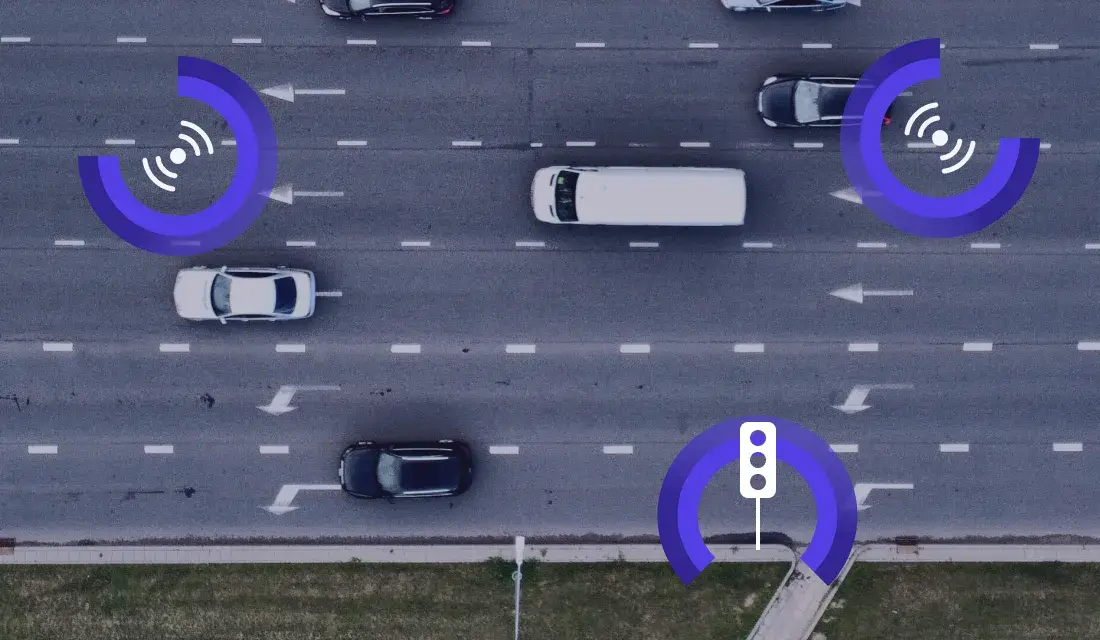
Discover the comprehensive solution for intelligent traffic management. In a constantly moving world, our goal is to support cities and communities with advanced technology.
This allows you to optimize traffic flows and reduce commuting congestion. Our intuitively designed software platform leverages real-time data analysis, artificial intelligence, and machine learning to not only monitor traffic networks but to make them smarter, more efficient, and user-friendly.
With Fits Hub, we give you the opportunity to proactively address challenges in traffic management rather than just reacting to them. From adaptive signal control to proactive traffic management, our solutions are specifically designed to shape and support the future of mobility. We provide you with the tools you need to increase road safety and improve the quality of life for local communities.

Traffic management centres
Toll-road operators

The FITS Hub software allows for the collection and analysis of data from various sources. This technology offers two significant advantages:
The knowledge base available in FITS Hub allows for monitoring traffic not only in real-time but also taking preventive measures. This can help reduce accidents and improve overall traffic safety. The technology also enables more precise planning of maintenance work and infrastructure improvements.
FITS Hub contributes positively to the improvement of urban and regional traffic management. The precise traffic forecasts enable better route planning, leading to a reduction in traffic congestion. This, in turn, has positive effects on the environment, noise levels, and harmful emissions are reduced.
Overall, FITS Hub contributes to making traffic safer, more efficient, and environmentally friendly by integrating various data sources and enabling a comprehensive analysis.


We can leverage your existing camera infrastructure to make it more intelligent and use it for traffic counting, traffic classification and even provide data to create origin and destination information.

Increased road-safety due to faster reaction times to fix faulty sensors
Reduced data silos – road-side equipment infrastructure can operate as a unified system
Decreased overall operational costs and avoidance of lock-in with specific hardware suppliers
Automated data collection and data processing decrease manual operational tasks
Adaptability and visibility –integrable into existing ITS environment providing full overview of the assets
Operational excellence –improved operational processes and service quality
User friendly UI to monitor operational and non-operational sensors of the whole sensor network
Increased productivity – capability to react very fast to any faulty equipment
Decreased risks associated with maintaining traffic safety and quality of operations